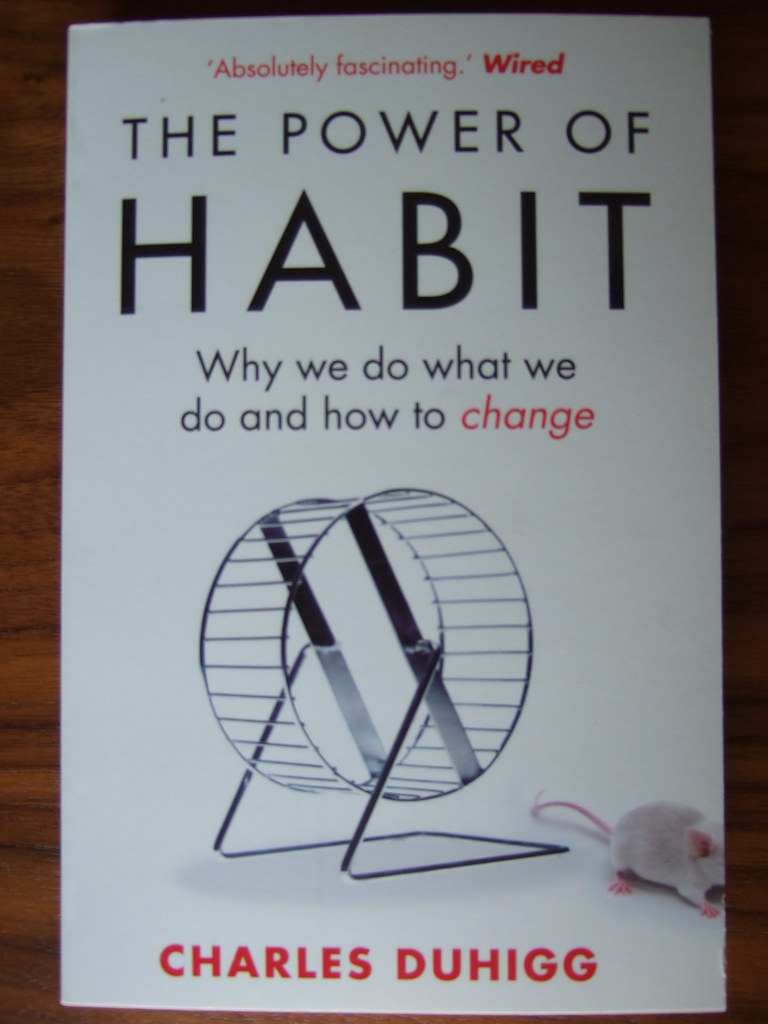This blog was written by our intern, Kamilla Rahman.
As a college student I often find myself slaving for hours and hours in a textbook and trying to shove as much information as I can into my brain in order to do well on an exam. This is simply how college is structured; you’re given information, you’re expected to learn it, you’re tested over the materials and by the end of the semester you are dubbed proficient in that area of study. If a class isn’t focused around exams, the process will be the same except your proficiency in the subject matter will be based off of a project or a series of assignments.

Don’t get me wrong, I have learned more than I can imagine during my time in college. But how much can someone learn in the confines of a textbook, case study or hypothetical situation given by a professor? Not enough.
As a public relations major I’ve spent a lot of time learning how to understand a target market, write in AP style, research media and create campaigns for clients. My class work is graded by a professor or a teacher’s assistant and not assessed by a real client. I’m given a grade and that grade doesn’t hold much meaning besides it affecting my GPA. Because I write a press release and it receives a 93, does that mean if it was distributed to a media list it would be covered by a variety of journalists? Probably not.
Many times the best way to learn is simply by doing. The classroom provides the basic skills needed to have a career, but an internship provides the experience to have a successful one. My internship has given me the opportunity to fine-tune my writing skills in a way I know my writing classes simply cannot. It’s given me the opportunity to create REAL content for REAL clients, which is something only an internship can provide. It’s allowed me to work in a fast-paced environment and helped me understand what to expect in the future. With school, you learn a lot of general, yet important, things about your major, but internships give you the chance to figure out where you actually want to take your career.
Internship experience is truly irreplaceable. Without an internship, I would feel like I was being thrown out into the world after graduation. On some level, that is still how I feel, but I’m much more confident that I’ll have a grasp of what I want to do and where I want to begin when the time comes.
 It’s inevitable, it happens every summer, schools out and everyone is in vacation mode. And the regularly fast pace world of PR slows down. But don’t fret, you won’t be twiddling your thumbs for long and in the meantime, we’ve come up with a few ideas to keep you busy and ahead of the curve for the Fall ramp-up.
It’s inevitable, it happens every summer, schools out and everyone is in vacation mode. And the regularly fast pace world of PR slows down. But don’t fret, you won’t be twiddling your thumbs for long and in the meantime, we’ve come up with a few ideas to keep you busy and ahead of the curve for the Fall ramp-up.

 This blog was written by our intern, Kamilla Rahman.
This blog was written by our intern, Kamilla Rahman.

 About Anne Marie Stephen
About Anne Marie Stephen
 Before joining the Ketner team I was primarily focused in the non-profit realm. I spent the past year as the program and development intern for the non-profit Marathon Kids. During my time at Marathon Kids, I concentrated on planning events and managing social media platforms. My love for non-profit stemmed from my first internship at Superhero Kids where my main tasks included planning events for the children at the Dell Children’s oncology unit, staffing volunteers for the annual run, and raising awareness through social media. Superhero Kids will always play a major role in my life.
Before joining the Ketner team I was primarily focused in the non-profit realm. I spent the past year as the program and development intern for the non-profit Marathon Kids. During my time at Marathon Kids, I concentrated on planning events and managing social media platforms. My love for non-profit stemmed from my first internship at Superhero Kids where my main tasks included planning events for the children at the Dell Children’s oncology unit, staffing volunteers for the annual run, and raising awareness through social media. Superhero Kids will always play a major role in my life.
